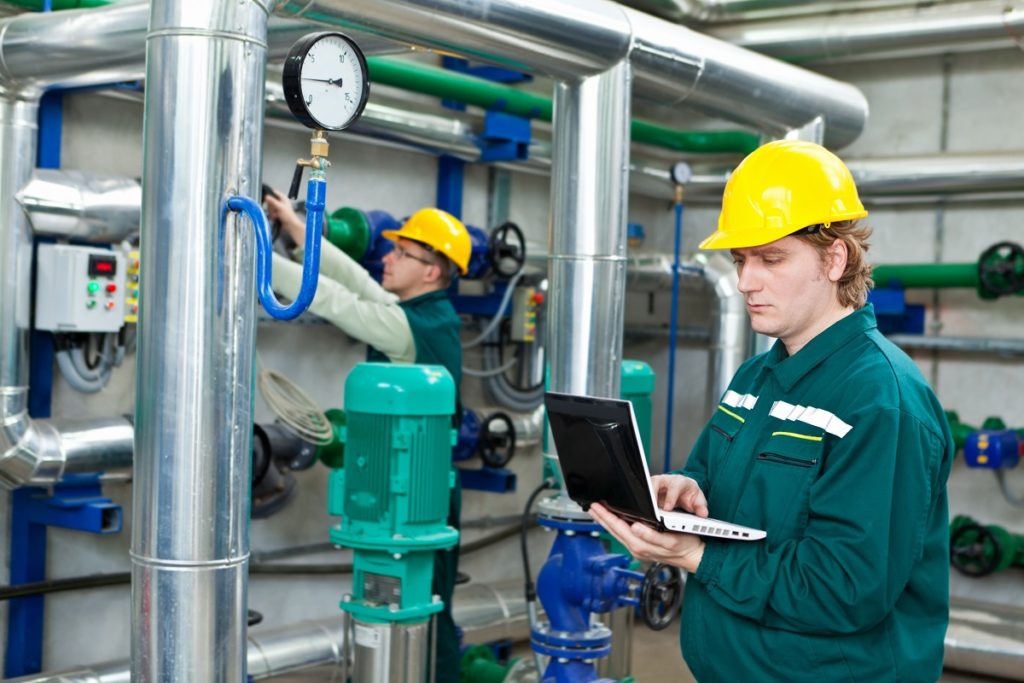The 21st century saw big manufacturing plants and food production facilities migrate to robotic types of machinery for heavy lifting. The numbers don’t lie. Production and assembly lines that employ smart filling or building machines are faster, easier, and cheaper to operate as businesses scale up.
But industries should never look over the advantages of human intervention within their operations. The key to truly realizing work efficiency is finding the right balance between these two assets. Manufacturers can provide high-quality filling equipment for facilities, but you should still know when and where manual labor can best be of benefit.
Consistency and efficiency
There’s no doubt about it: installing automated machines to be part of manufacturing processes result in consistently better product quality, less material wastage, and increased production rates across all industries. They rarely make mistakes since they perform with less variability compared to humans, thus resulting in a less hazardous work environment and, generally, a safer work environment for employees.
However, note that machines still need humans to perform tasks well. Significant changes in the supply chains mean multiple minute changes in your manufacturing line, which still needs human intellect to be accomplished.
Lessened labor costs
A higher performance yield means your business is saving up on labor costs and misuse of material. They can do practically everything – from packing to filling to palletizing, and more. This is often the most significant threat workers see when companies adopt smart technologies. They assume that machines are going to supplant them and leave them jobless.
But is this necessarily the case? Industries still primarily run by manned devices says no. On the contrary, as businesses grow, so does their need for manual input. Functions like quality control and crisis management are still best handled by empathic humans.
Ease of use and migration
As the development of algorithms accelerates at unprecedented speeds, more and more companies get on board because they’re getting decidedly easier to learn and adopt. Advancements in cloud-enabled connectivity, safety mechanics, and real-time diagnostics all keep industrialized businesses ahead of the competition.
But this shouldn’t translate to a shift from humans to robots. Intelligible machines make for smarter employees. Systems that workers can easily study and operate are essential in closing skills gaps across various industries, further improving both manual and automated outputs.
Versatility
Machine learning has advanced in leaps and bounds and has enabled industries worldwide to adapt more intuitive operations from intelligent and actionable analytics. Machines are now easily upgradeable and can be smarter in detecting anomalies and quicker in responding to them.
However, a business can never truly do away with factors of empathy, foresight, and lateral thinking and response, factors which are undeniably best manifested by humans. While this point remains plausible and dependent on the rate at which our technology advances, it still stands that human intervention is necessary for teaching and maintaining such a machine.
Sanitation
Lastly, machines also leave lesser room for health hazards to propagate within manufacturing plants and facilities. Since there is little to no human intervention, there is less risk in spreading bacteria or viruses within the workplace.
Of course, this is entirely predicated on the routine maintenance of said machines. Given that these are still made from corrosive materials that can wear, accumulate rust, or degrade in time, then facilities still need expert human care in ensuring the facility remains sanitized.
While the shift to automation is palpably affecting the recruitment of manual labor across various industries, it is unambiguous that human-led operations can and will still deliver at-par performance. The thrust isn’t to eventually phase them out but to determine where human assets can be leveraged to achieve outstanding production results.


